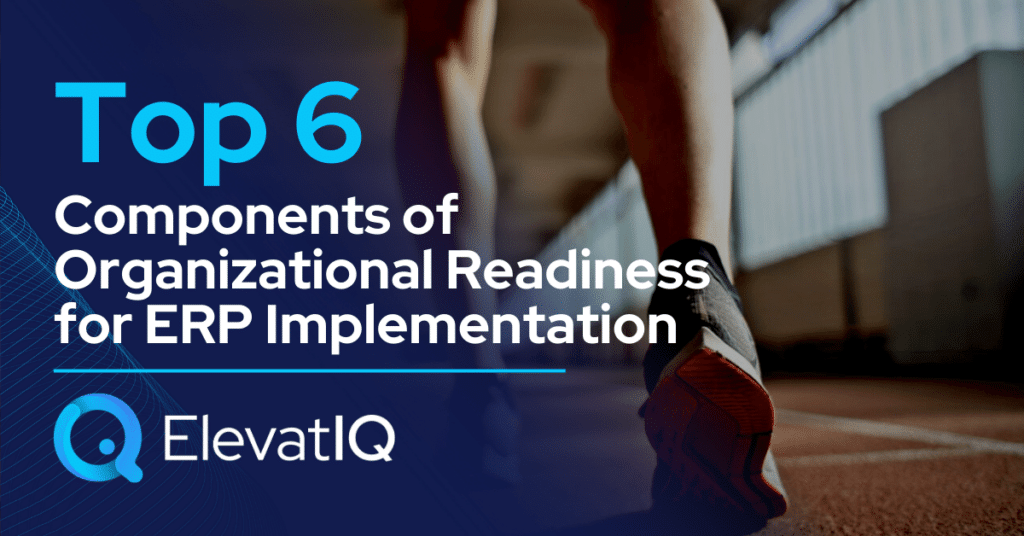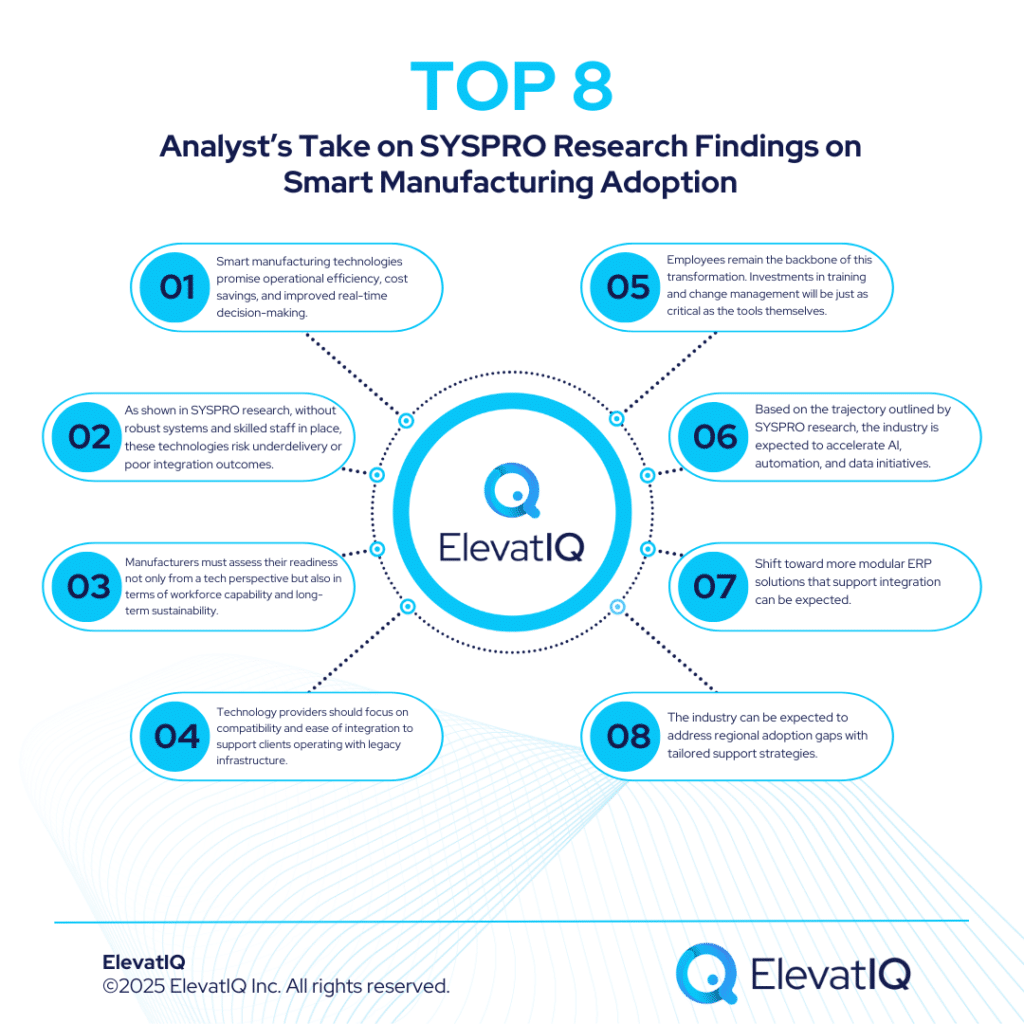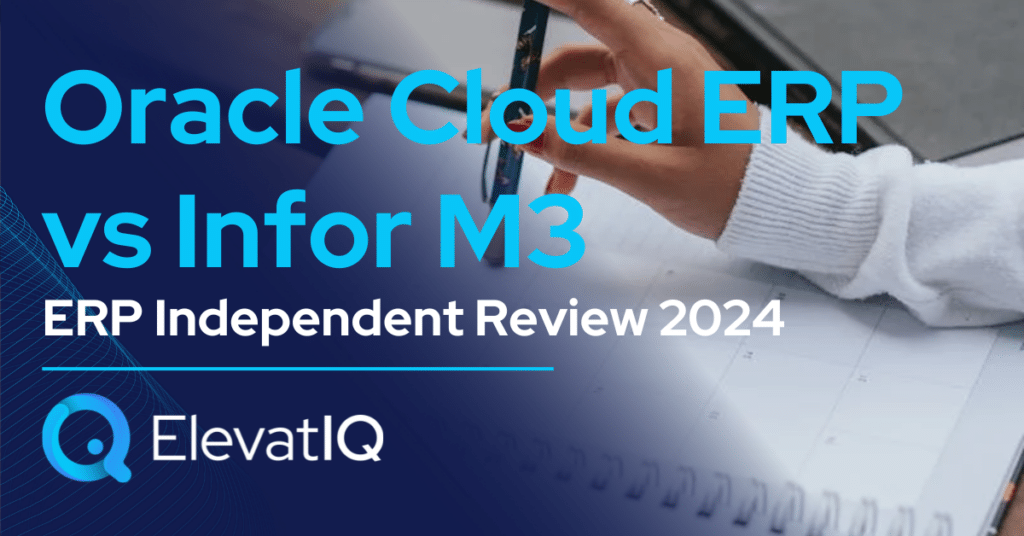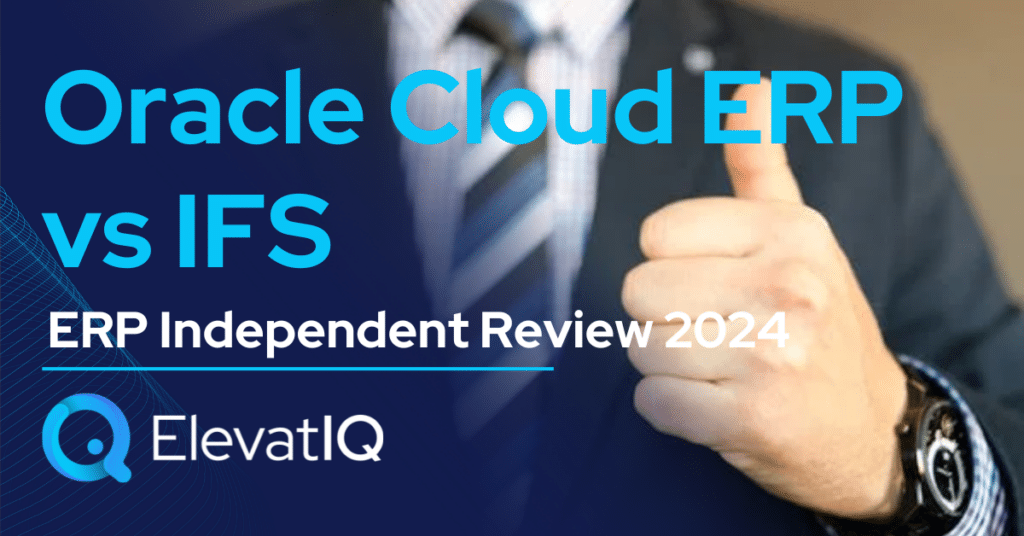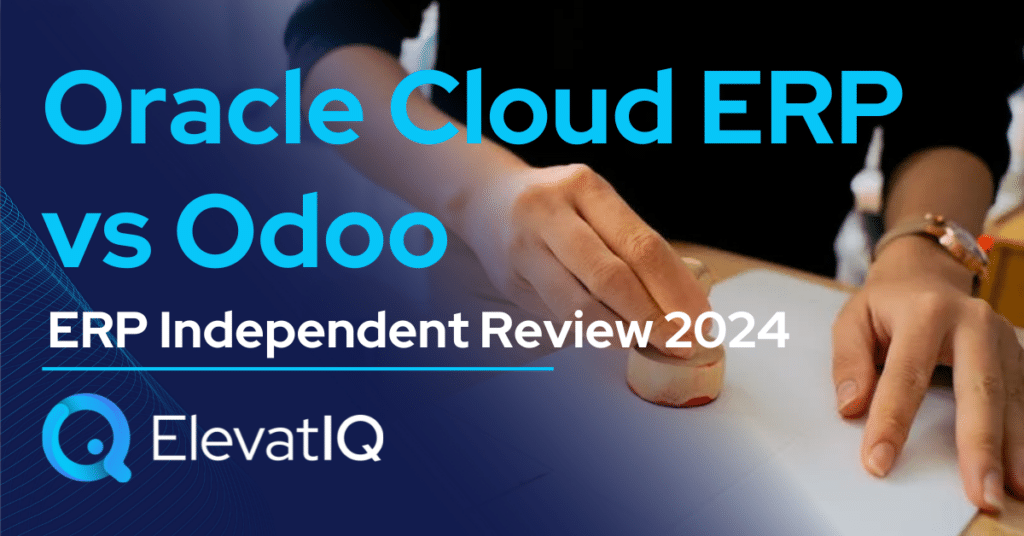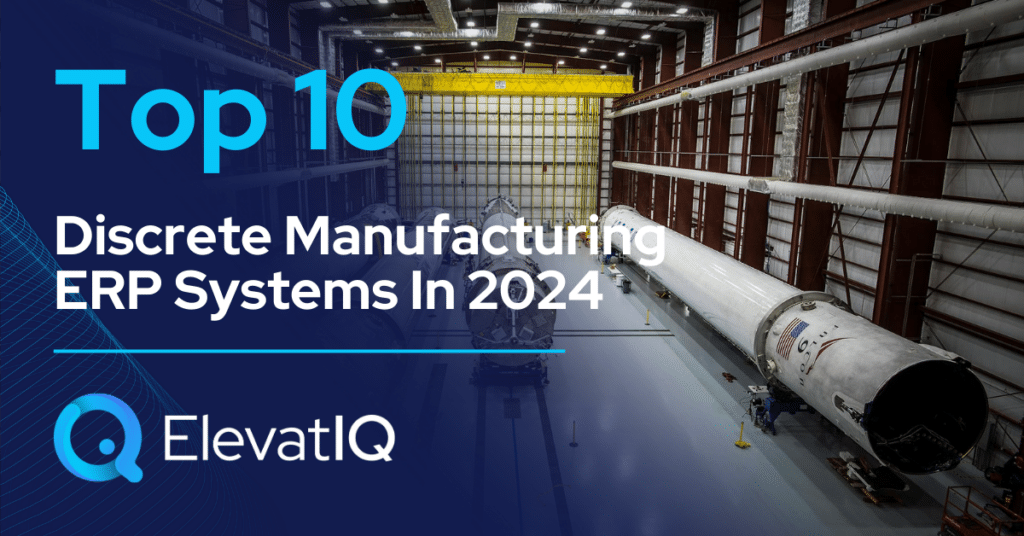Last Updated on March 17, 2025 by Sam Gupta
One misunderstanding that is prevalent among business owners is a simplified view of business transformation: choose a technology and implement it. How hard could it be? Well, as long as you know which technology will produce tangible business results. Most importantly, how to get there. But let’s not get too far, as most companies struggle to agree on the definition of ERP. They might not appreciate the value of organizational readiness for ERP implementation.
Let’s look at it from another perspective. Most people talk about ERP implementation failure, but they rarely have a good handle on the root cause. It’s most certainly not what they think it is, as projects fail before they even start. They fail because of the misalignment in the expectations. The misalignment could stem right inside executives’ heads. They might have different expectations from the system, completely off from the ground reality. They might struggle to articulate their thoughts to the extent that they might feel overwhelmed and confused. This is where a well-defined roadmap and blueprint could streamline the thought process and build consensus among teams.

Yet another perspective is related to everyone’s estimation of their own capabilities. Let’s face it. Most of us like to overclaim our capabilities because we have a tendency to figure things out given enough time. Unfortunately, this tendency leads to a snowball effect with the consequences as severe as the ERP project not even being recoverable. Going through the formal processes aligns expectations and removes these barriers, helping them understand why they need to think through their decisions. Organizational readiness is very similar to therapy sessions for the entire team and comprises the following six fundamental components:
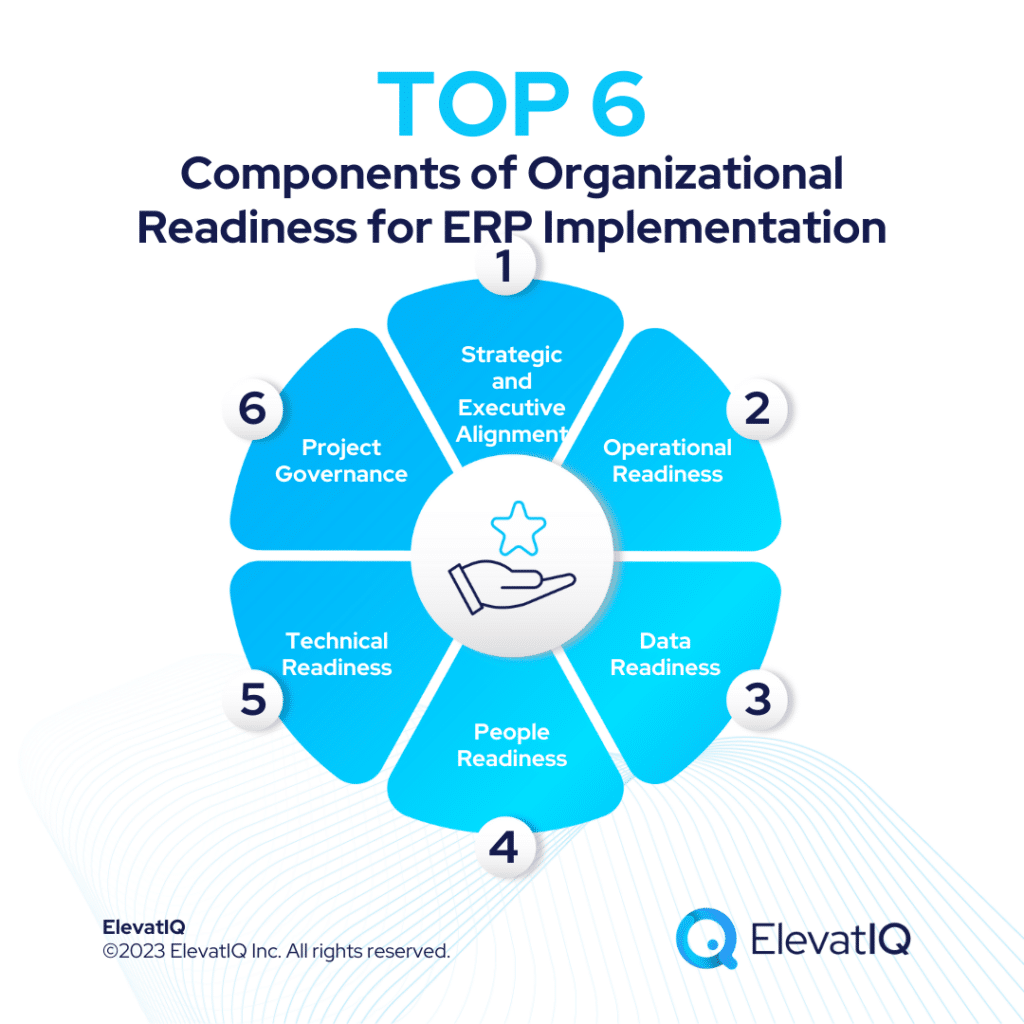
1. Strategic and Executive Alignment
The problem starts at the top. Most business transformation initiatives, such as ERP implementation, require business model changes. Unfortunately, these business model changes are not as simple as moving a warehouse from one location to another. Instead, they are like performing heart surgery for the business. The issues are especially challenging as the business model changes would be nearly impossible with the amount of disruption they may cause. For this reason, most executives end up choosing the path of solving them technically just because they can’t visualize the technical implications as well as they do the consequences with physical processes.
Getting everyone on the same page about how the transformation initiative will change the business is significant. It should start with your leadership crafting a goal statement that may include the business value of the transformation initiative and forecasting potential changes required to make the initiative successful. You might want to ask questions such as:
- Does your organization have clear expectations on the outcome of business transformation?
- What objections are you likely to get in making business process and model changes?
- Does the executive team have the necessary skills and experience to be able to foresee financial and technical risks because of these initiatives?
- How is your current compensation structure, and how might that influence political forces among different functions and business units?
Communicating these strategies is a big part of aligning with the organization’s business model. Just like therapy, you need to have different strategies depending upon the needs of each stakeholder, with several tools and workshops tailored to their needs until they internalize the process and feel mentally conditioned to go through such a rigorous routine.
2. Operational Readiness
Mental conditioning is just the start. Operational readiness is like a physical sketch of your entire journey, where you are today and where you are headed. The process starts with getting the mental models on a piece of paper. So they can see where everyone’s heads are. It also requires developing a common language for every term that is likely to throw off the model. It’s almost like developing a language, or their mental state is likely to be far off from the ground reality.
Once you have the common language built, it’s much easier for everyone to visualize the to-be state and why the changes requested are pivotal for the success of the program. The concept of operational readiness revolves around preparing specific functions and business processes for the change. It aims to answer questions that pinpoint the practical aspects of readiness. You might ask questions such as:
- Does your team understand the current processes? Do they understand it well enough to draw them on a piece of paper?
- Do your stakeholders have different versions of the same process in their heads?
- Which business processes would require re-engineering that would streamline the technical implementation?
- Can business processes be re-engineered without causing major disruptions to the core operations?
- How would the changed business processes be rolled out?
The physical sketches substantiate the mental models and help build consensus on the operational state both today as well as in the future. Bringing technology earlier in the conversations generally leads to biased conversations about technology and stakeholders jumping to conclusions without fully understanding the consequences.

3. Data Readiness
One factor among organizational readiness components often overlooked is data readiness. In general, the role of data in the context of systems is to take a piece of connected information from one step to the next. However, not many people realize how data and ERP work together. The absence of data readiness can drive process over-engineering and, in turn, can lead to system bloatedness.
There are several reasons why companies delay this step to the point where it’s too late. First, while most business consultants might understand process state, data issues require deep implementation experience. Also, during the selection and strategy phase, it’s much harder to visualize the data hierarchy without access to a system to be able to see and feel the changes. So, the data issues tend to get postponed to the implementation phase. But once the contract is signed and if the data model is too off, it can throw off the entire implementation. The questions you should ask related to data re-engineering are as follows:
- How is your current master data modeled? Have you done any customizations to your processes because of data issues?
- Have you had multiple disconnected instances of master data records in the system?
- Do you have data governance issues where the model does not seem to follow any logical structure?
An information model is very similar to a mental model, with the only exception that this state lives in your system’s head. If you overcomplicate the way you register information or don’t simplify, your system might not only experience “brain farts, ” but it might overcomplicate everything else that touches it.
4. People Readiness
Wherever there are people, there will be problems. Several factors drive people-related issues. It could be behaviors influenced by your current compensation structure or power struggle. These behaviors lead to “passive-aggressive” responses to issues without being explicit about them. People readiness among organizational readiness components requires a deep understanding of current behaviors and how that may impact their willingness to change business models or business processes critical for the success of business transformation initiatives. This can be even more challenging if the teams don’t have the right skills. Even small data and process changes might require corporate alignment and intervention from influential stakeholders.
The biggest challenge with these initiatives is that they are harder to visualize, with the implications challenging to internalize unless you’ve been through these cycles multiple times before. Most people find it easier to trust complex concepts that they’ve seen work firsthand. The questions around people readiness you should be asking are as follows:
- Are you currently experiencing a power struggle in the organization, and if so, do you deeply understand what may be influencing that?
- What does decision-making feel like for cross-functional issues? Do you feel tension with conversations and that people are not willing to open up for underlying issues?
- Do you feel that specific executives have a need for control and that other executives might not open up as easily when they might be around?
People issues are very similar to a board of a company. And unless you have a team that works together really well and trusts others around them to be able to share their feelings, you might require help with people readiness before you undertake your business transformation initiatives.
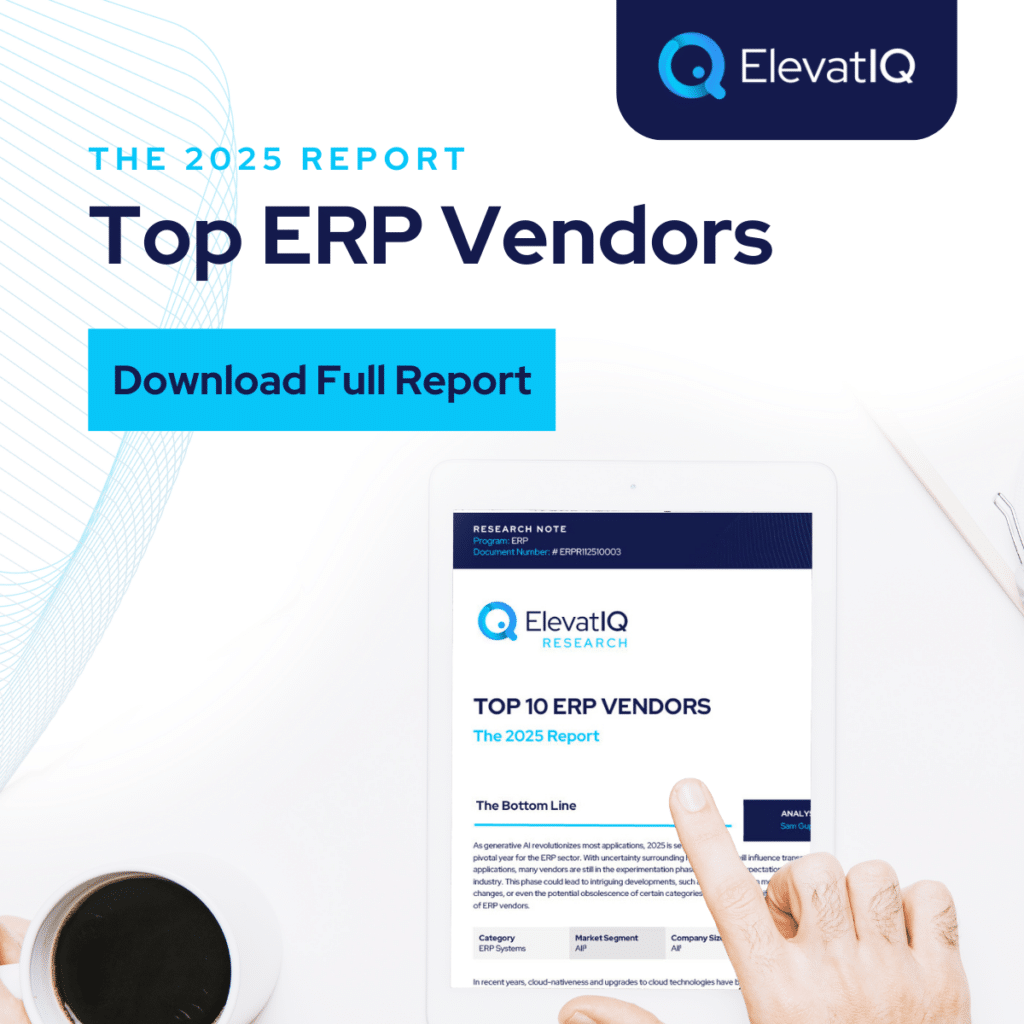
5. Technical Readiness
While businesses overemphasize the importance of business and process re-engineering, technical readiness is just as important. It’s an alignment of business users’ and technical teams’ mental models. Both of these teams care for different things, and their heads are wired differently. So, this alignment is even more critical. The technical teams must understand the business vision and must be involved in making critical implementation and change decisions. With them running in trenches, they can see potential financial and technical risks that businesses might ignore. They might code and configure things not aligned with the business vision.
Most companies take exactly the opposite approach with technical teams. They don’t involve them during the decision-making process, and then when things go south, they are the first ones to get blamed. Technical issues will always require business model changes, and if their voices are not incorporated in the decision-making, there will always be issues, especially if the business teams have a limited technical background. Also, even business executives who might claim to be technical experts rely on technical teams to make decisions for them. Here are the questions you should ask related to technical readiness:
- How are your technical teams? Do they seem to overstate their capabilities?
- Do they seem to always solve problems through programming?
- Do you have any proprietary systems? How about documented architecture along with process and information models?
- Do you have access to enterprise-wide master data governance and reconciliation flows?
To guide this process, having a detailed technical plan is very helpful. This plan helps the technical teams code and configure things aligned with the business vision.
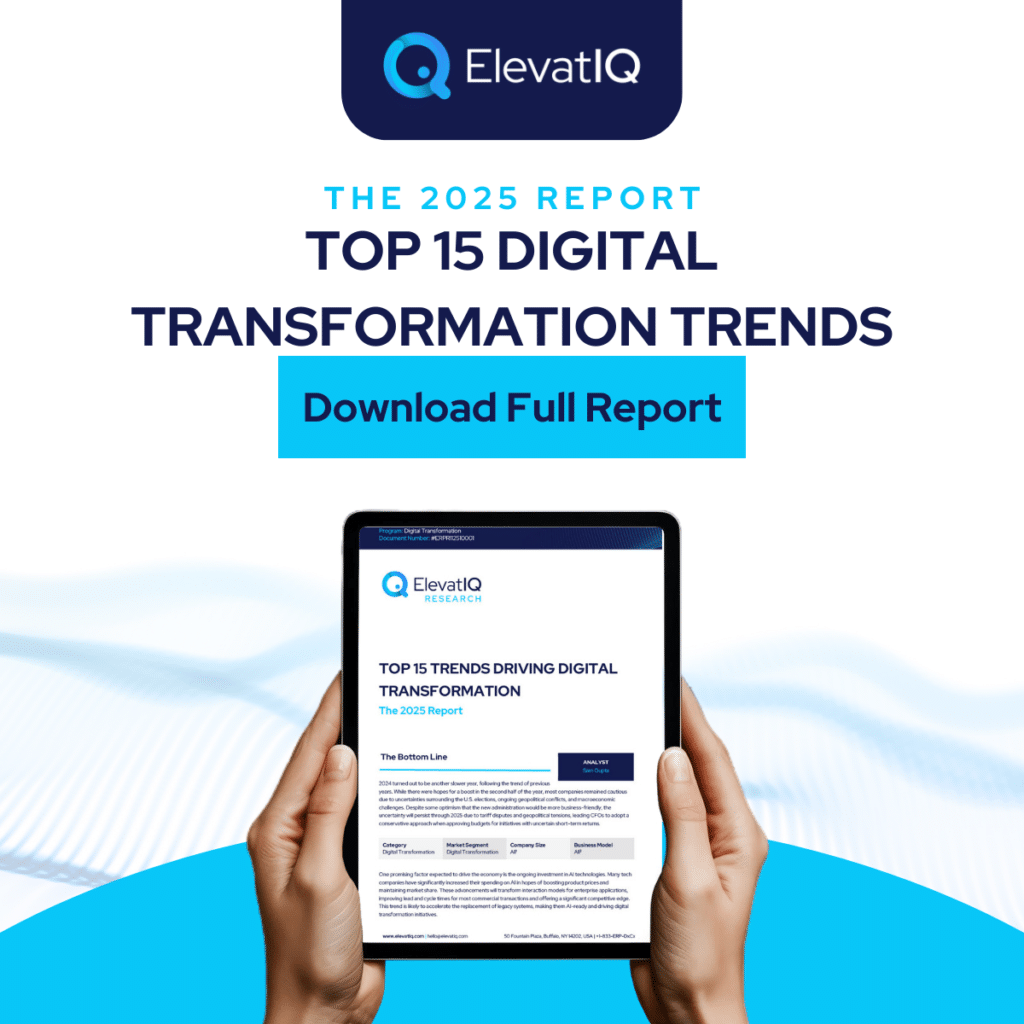
6. Project Governance and Planning
After you have the state of your initiatives defined from all perspectives, the next step is to plan how to execute them. System integrators and OEMs generally expect their clients to do 90% of the heavy lifting. There are several factors that drive this behavior. First, the client has unreasonable expectations but limited budgets. So, they leave vendors with no choice but to commit only to a fraction of the work. Second, their software might get blamed because of their involvement or recommendations with data or processes. Finally, the OEMs mandate prescriptive methodologies to their clients and resellers. Equally challenging is managing schedules with ERP projects because of the unavailability of key resources, especially part-time ones.
Project planning involves more than just digital processes. It also means figuring out how physical processes will change and how you’ll communicate these changes to everyone inside and outside your organization. This plan should include a roll-out strategy for introducing these changes in a way that makes sense technically and financially. It should also have KPIs that can help you stay on track.
It’s not just about making schedules; it’s about organizing resources, communicating well, and ensuring your plan matches what’s happening. As you get ready for this big change, remember that careful planning and smart management are the keys to making your ERP system work well for you.
Conclusion
Each of these perspectives is equally critical. They’re like puzzle pieces that fit together to create a complete picture. Giving too much importance to the technology part and ignoring the people and process parts can cause problems. The technology might not work well with how your team works, making it hard for them to use it properly.
On the other hand, if you don’t pay enough attention to the technical side, you might face technical issues, and the system might not work as it should. Neglecting the organizational readiness and cultural side can result in resistance to changes and difficulty managing the transition.
Success comes from finding the right balance between these different viewpoints. Remember that all six components are important when assessing organizational readiness for ERP implementation. By understanding and considering each part properly, you’ll be on the right track to making your ERP project successful.


